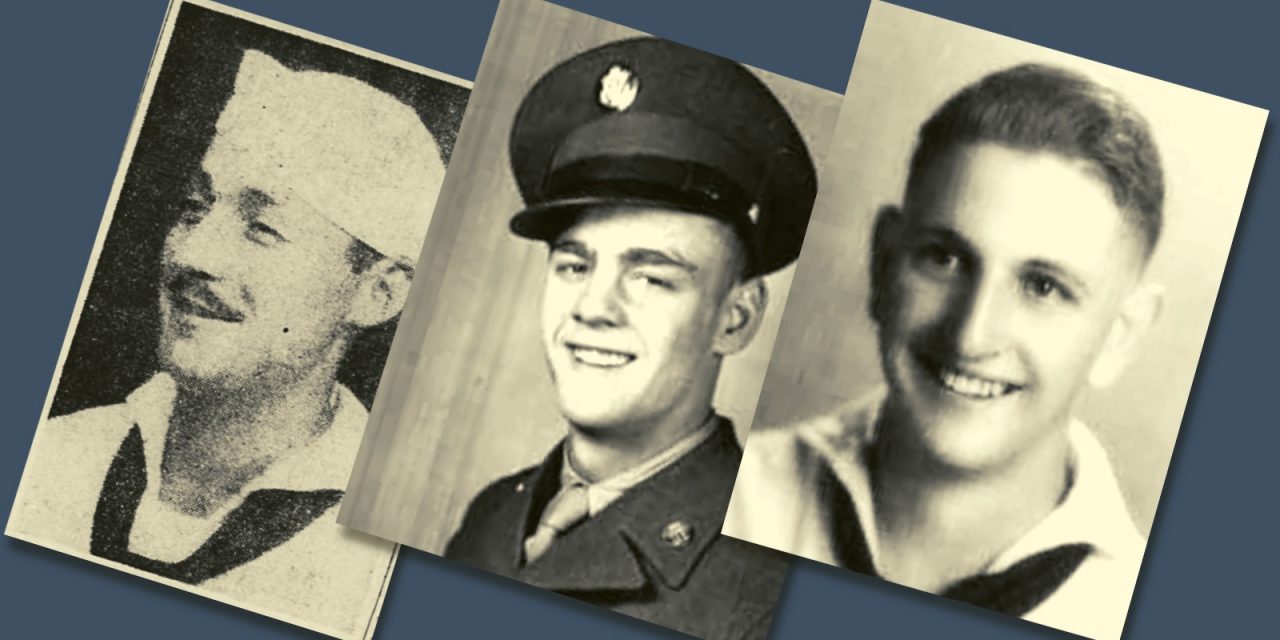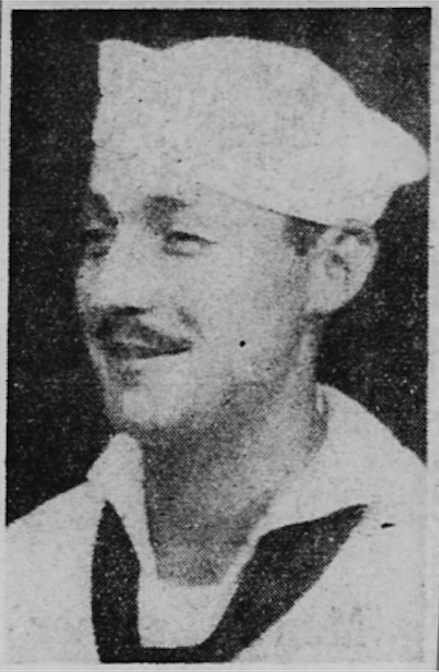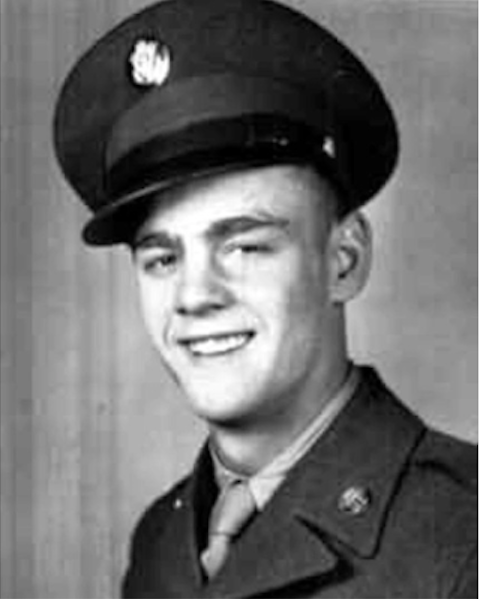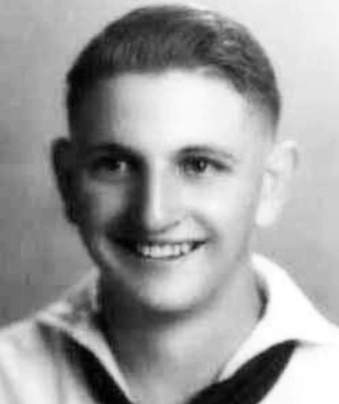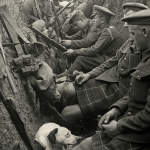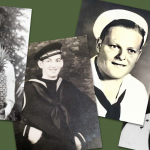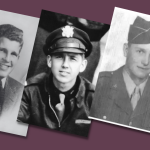The US Defense POW/MIA Accounting Agency has identified more servicemen in the continuous effort to provide the fullest possible accounting for US missing personnel to their families and the nation.
The Agency works to identify the remains of service personnel reported as missing in action. As of the end of October 2022, the US Defense Accounting agency has successfully identified 20 US soldiers. Below are the details of some of these findings:
USS West Virginia Sailor, Keith Tipsword
Navy Machinst’s Mate 1st Class Keith W. Tipsword, 27, of Moccasin, Illinois, was killed during World War II.
On Dec. 7, 1941, Tipsword, was assigned to the battleship USS West Virginia, which was moored at Ford Island, Pearl Harbor, when the ship was attacked by Japanese aircraft. The USS West Virginia sustained multiple torpedo hits, but timely counter-flooding measures taken by the crew prevented it from capsizing, and it came to rest on the shallow harbor floor. The attack on the ship resulted in the deaths of 106 crewmen, including Tipsword.
During efforts to salvage the USS West Virginia, Navy personnel recovered the remains of the deceased crewmen, representing at least 66 individuals. Those who could not be identified, including Tipsword, were interred as unknowns at the National Memorial Cemetery of the Pacific, known as the Punchbowl, in Honolulu.
From June through October 2017, DPAA, in cooperation with cemetery officials, disinterred 35 caskets, reported to be associated with the USS West Virginia from the Punchbowl and transferred the remains to the DPAA laboratory. To identify Tipsword’s remains, scientists from DPAA used dental and anthropological analysis. Additionally, scientists from the Armed Forces Medical Examiner System used mitochondrial DNA (mtDNA) analysis.
Tipsword’s name is recorded in the Courts of the Missing at the Punchbowl, along with the others who are missing from WWII. A rosette will be placed next to his name to indicate he has been accounted for.
U.S. Army Corporal, David Defibaugh
U.S. Army Corporal, David N. Defibaugh 18, of Duncansville, Pennsylvania, was killed during the Korean War.
In July 1950, Defibaugh was a member of C Company, 3rd Engineer Combat Battalion, 24th Infantry Division. He went missing in action after his unit was forced to retreat from the vicinity of Taejon, South Korea, on July 20. Due to the fighting, his body could not be recovered at that time, and there was never any evidence that he was a prisoner of war. The Army issued a presumptive finding of death on Dec. 31, 1953.
After regaining control of Taejon in the fall of 1950, the Army began recovering remains from the area and temporarily interring them at the United Nations Military Cemetery (UNMC) Taejon. One set of remains recovered during this period was designated Unknown X-12 Taejon. After extensive analysis by the Central Identification Unit-Kokura in Japan was unable to identify X-12, the remains were declared unidentifiable. They were later sent to Hawaii where they were buried at the National Memorial Cemetery of the Pacific, known as the Punchbowl, in Honolulu, with other Korean War Unknowns.
In July 2018, the DPAA proposed a plan to disinter 652 Korean War Unknowns from the Punchbowl. On June 10, 2019, DPAA disinterred Unknown X-12 as part of Phase Two of the Korean War Disinterment Project and sent the remains to the DPAA laboratory at Joint Base Pearl Harbor-Hickam, Hawaii, for analysis.
To identify Defibaugh’s remains, scientists from DPAA used dental and anthropological analysis, as well as circumstantial evidence. Additionally, scientists from the Armed Forces Medical Examiner System used mitochondrial DNA (mtDNA) analysis.
Defibaugh’s name is recorded on the Courts of the Missing at the Punchbowl, along with the others who are still missing from the Korean War. A rosette will be placed next to his name to indicate he has been accounted for.
Navy Seaman 2nd Class, Floyd Clifford.
Navy Seaman 2nd Class Floyd F. Clifford 20, of Mulvane, Kansas, was killed during World War II.
On Dec. 7, 1941, Clifford was assigned to the battleship USS Oklahoma, which was moored at Ford Island, Pearl Harbor, when the ship was attacked by Japanese aircraft. The USS Oklahoma sustained multiple torpedo hits, which caused it to quickly capsize. The attack on the ship resulted in the deaths of 429 crewmen, including Clifford.
From December 1941 to June 1944, Navy personnel recovered the remains of the deceased crew, which were subsequently interred in the Halawa and Nu’uanu Cemeteries.
In September 1947, tasked with recovering and identifying fallen U.S. personnel in the Pacific Theater, members of the American Graves Registration Service (AGRS) disinterred the remains of U.S. casualties from the two cemeteries and transferred them to the Central Identification Laboratory at Schofield Barracks. The laboratory staff was only able to confirm the identifications of 35 men from the USS Oklahoma at that time. The AGRS subsequently buried the unidentified remains in 46 plots at the National Memorial Cemetery of the Pacific (NMCP), known as the Punchbowl, in Honolulu. In October 1949, a military board classified those who could not be identified as non-recoverable, including Clifford.
Between June and November 2015, DPAA personnel exhumed the USS Oklahoma Unknowns from the Punchbowl for analysis. To identify Clifford’s remains, scientists from DPAA used dental and anthropological analysis. Additionally, scientists from the Armed Forces Medical Examiner System used mitochondrial DNA (mtDNA) and Y chromosome DNA (Y-STR) analysis.
Clifford’s name is recorded on the Courts of the Missing at the Punchbowl, along with the others who are missing from WWII. A rosette will be placed next to his name to indicate he has been accounted for.
Image Source:
- Keith Tipsword: https://www.dpaa.mil/News-Stories/News-Releases/Year/2022/Month/10/
- David Defibaugh: https://www.dpaa.mil/News-Stories/News-Releases/Year/2022/Month/10/
- Floyd Clifford: https://www.dpaa.mil/News-Stories/News-Releases/Year/2022/Month/10/
- three soldiers: DPAA

